Yesterday in the evening/afternoon (depending on time-zone) we finally arrived after one hell of an annoying journey. After a mess with our seat reservations and luggage due to the incompetence of Iberia we were already stressed out when the police officers at security – black uniforms, guns, etc – refused to hand-check the film. Everything has to go through the scanner in Argentina apparently, no discussions. In the end I got the film hand-checked after all, but it was very obvious that they were making an absolute exception for me and next time I will have to find a way of dealing with the film in a different way.
The problem is that not only film itself is expensive in Argentina, but it’s also expensive to develop. Also, the chemicals for developing C41 that you can get over there are just the basic Kodak flexicolor chemicals that are meant for industrial use in processing machines. They seem to come in large quantities with all the chemicals as separate items all with separate starter and replenisher solutions + all sorts of confusion. I will have to investigate these further to even know what exactly I need and how to use them. And of course I won’t be able to test these chemicals here either, because they don’t seem to be available anywhere in Europe. And not only the C41 landscape is a little different over there, also the black and white developers are a little bit of a problem. For some reason instant coffee is really expensive there which makes it more sensible to buy a commercial developer – it turns out cheaper actually! However, only Kodak chemicals (except Xtol) and the local version of Rodinal are readily available, which means I would have to test some developers first, because I don’t really like Rodinal at box-speed. Maybe an opportunity to test HC-110 finally.
In any case, although the whole film situation over there is a little tricky, we’re already planning the next trip. We really had a fantastic time and even in Buenos Aires we have only seen a small portion of what we wanted to see. There is the whole rest of the city to see and, well, the rest of the country too! If things go as planned we’re going back in the summer, i.e. December.
Oh, and just so you know: Autumn in Buenos Aires is much warmer than spring in Spain. We’ve gone from 27°C a couple of days ago to 12°C today. Brrrr!
All pictures taken with: Leica M6 + Zeiss ZM C-Biogon 35mm f/2.8.
RPX400 stand-developed in Caffenol-CL.
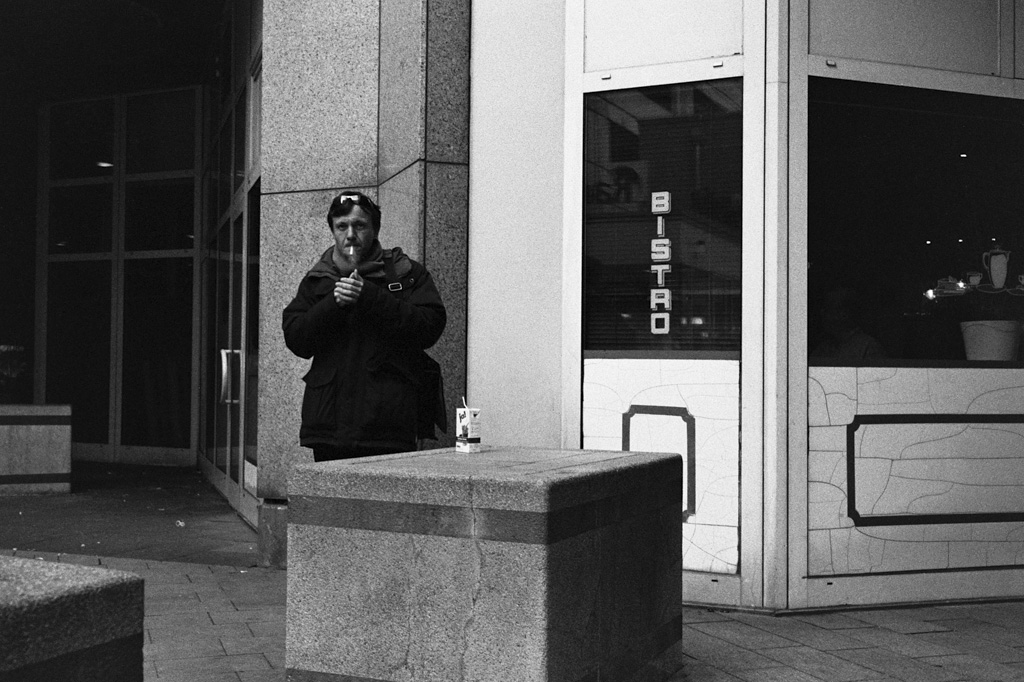
© Lilly Schwartz 2015
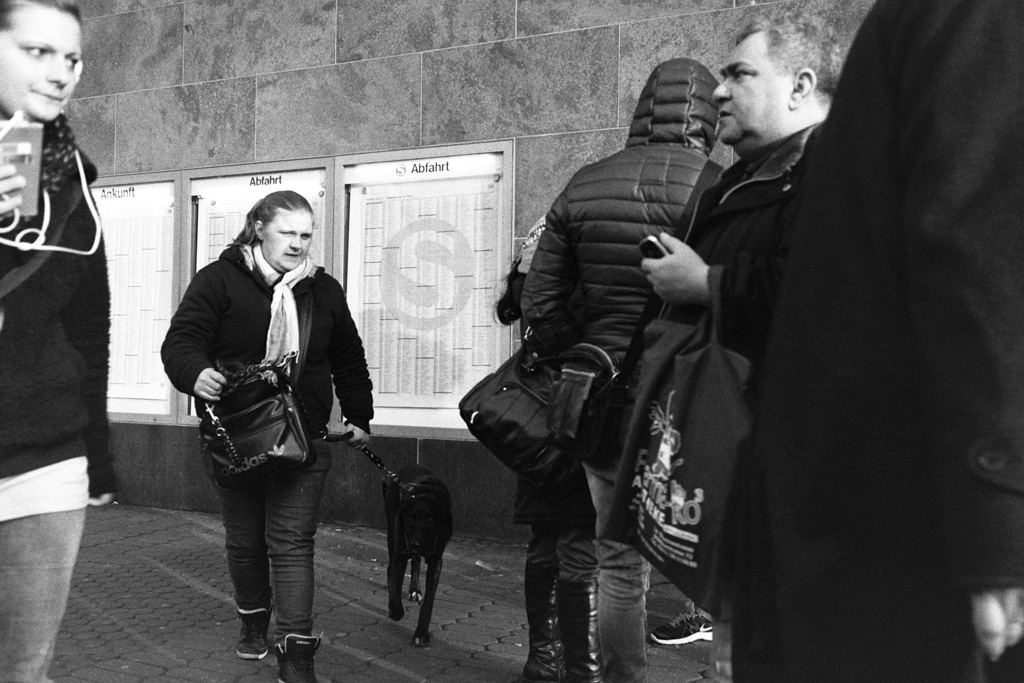
© Lilly Schwartz 2015
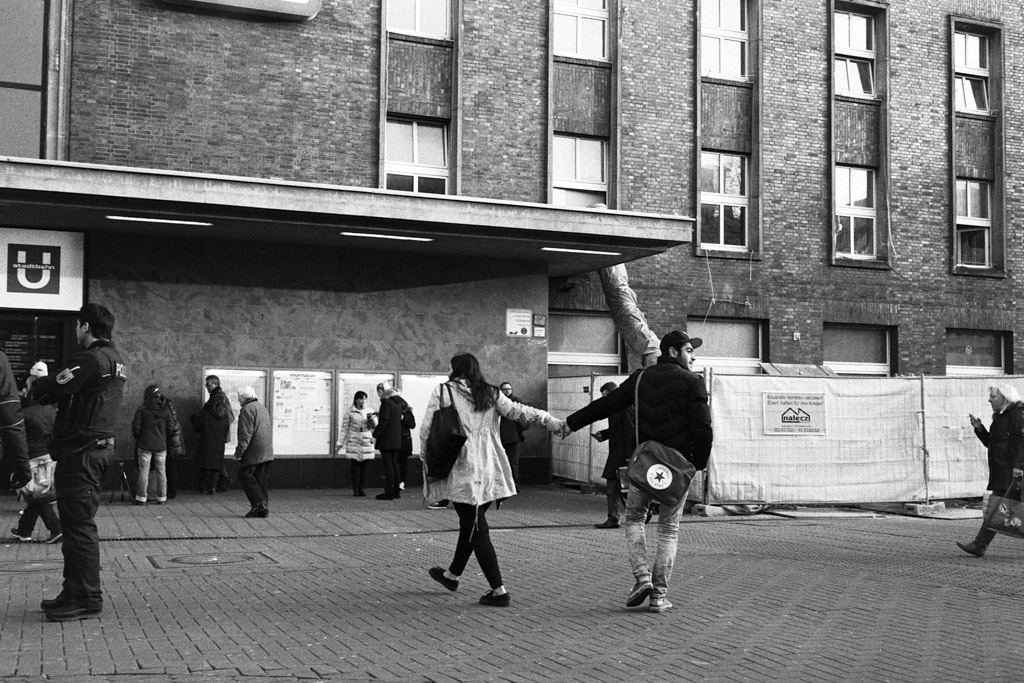
© Lilly Schwartz 2015
They weren’t going in the same direction somehow …
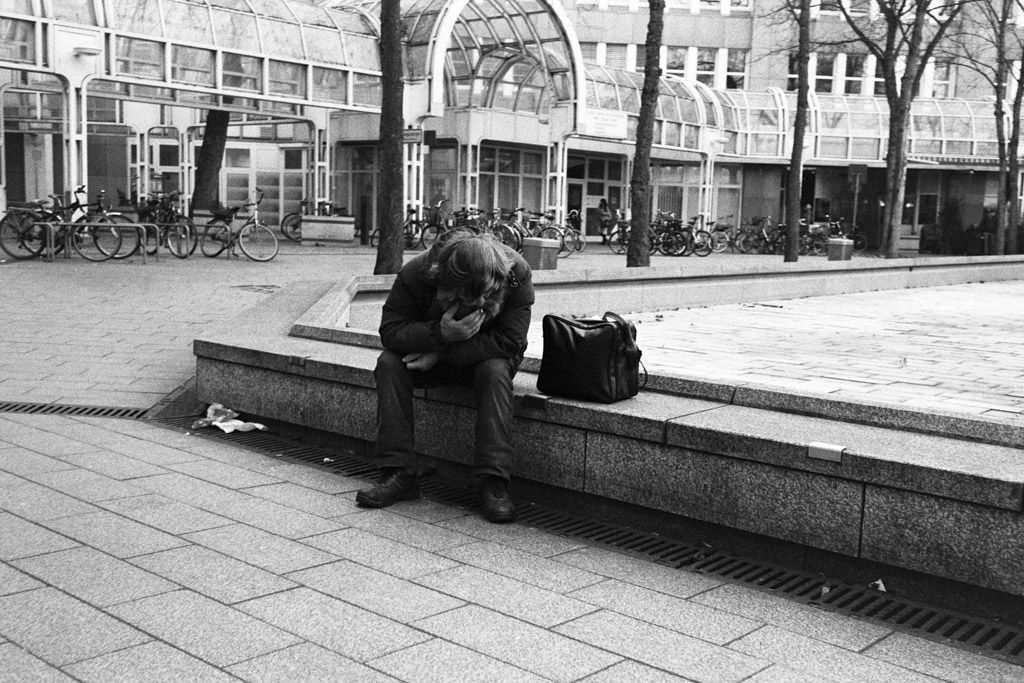
© Lilly Schwartz 2015
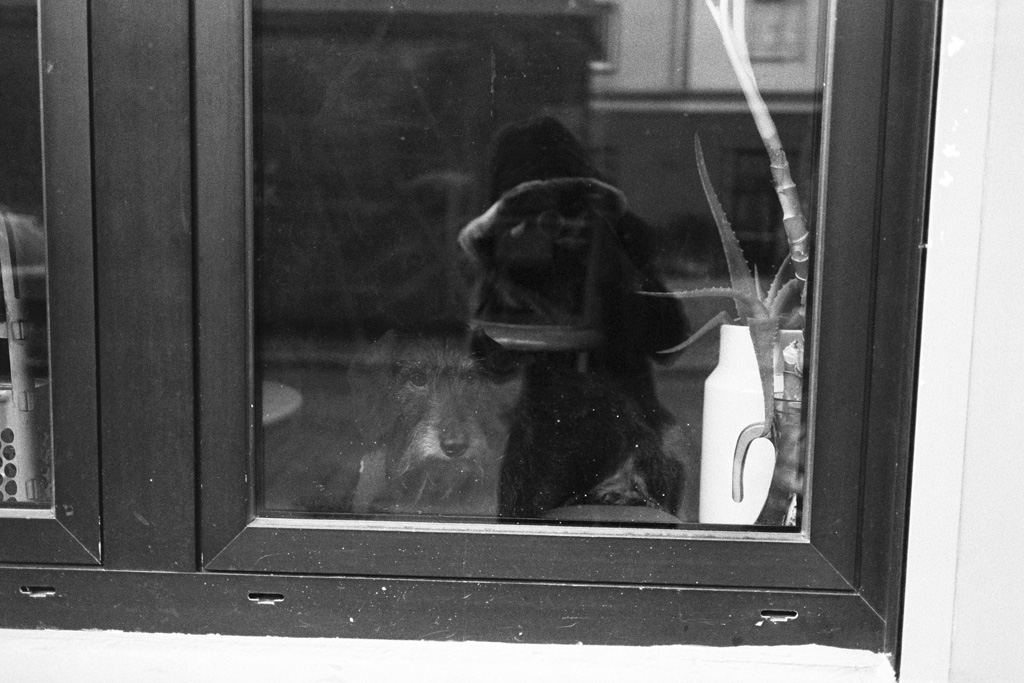
© Lilly Schwartz 2015
Didn’t want to be recognised by the dog, you know?
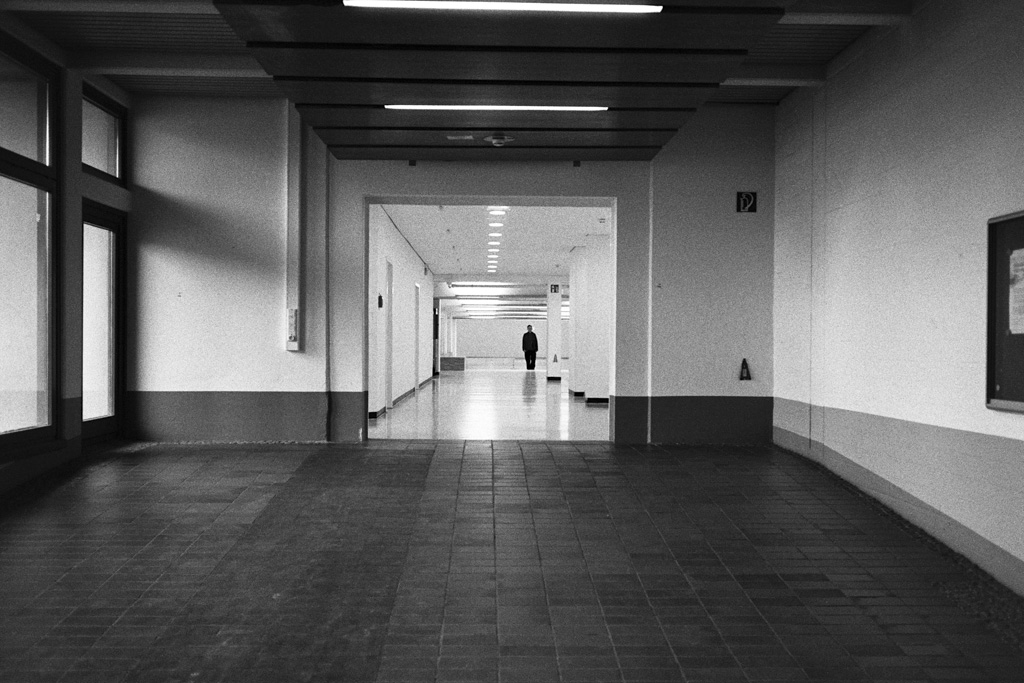
© Lilly Schwartz 2015
Sometimes it needs a little patience …
I bought a lead lined pouch, back in the early 1990s. Works well to keep x-rays out. You shoot way more film than I do, so you would need several. Amazon sells one that’s far fancier than mine, which looks like a thick lunch-bag. BTW — love the Double-X in Cold Caffenol CL shots. I’ve been souping Kentmere 400 in CL at 20-degrees, 75′ stand with a bit of agitation every 15′. Pretty grainy, but, then, that’s Kentmere. Luckily, caffenol stand never blocks the highlights. Just used the last of my Agfa APX-25, which is now gone forever. That film loved caffenol.
Hey Steve! A lead lined pouch is probably the way to go unless I want to develop on location. I’ll try to get hold of one of them, thanks for the tip!
I actually soup the Kentmere 400 in CL as well, 16-20 degrees, 60min stand. Lower temperature and agitation only at the start reduces the grain.